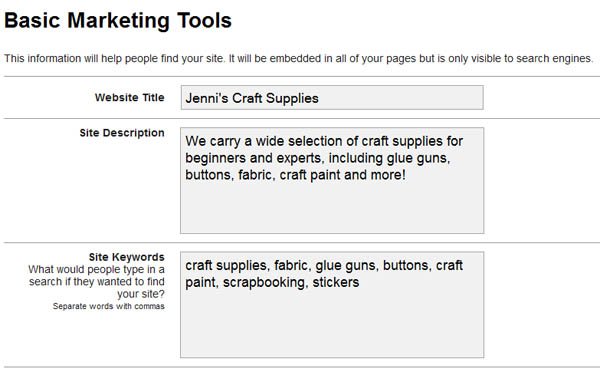
photo: Keith Williamson via flickr
Originally published by TreeHugger
With a new debate ongoing on whether the touted environmental benefits of telecommuting are true, here’s a related tangent to consider: A new white paper done by Cooler at the behest of eBay attempts to quantify the carbon footprint reduction associated with small, online businesses.
Here’s the complete paper and one example:
Compared to a single big box retail store grossing $100 million per year, new data reveals that the day-to-day operations of $100 million in sales through small, Web-based businesses generate approximately 1,400 tons fewer CO2-equivalent emissions per year than their offline counterparts: that’s the same amount of energy it takes to power 108 homes for a year. The impact of an individual shopper is equally dramatic – a consumer who spends $100 at a brick-and-mortar retail store is paying to release about 53 pounds of greenhouse gases into the atmosphere, the same as nearly three gallons of gas from a mid-sized vehicle.
The paper goes into how that’s calculated, taking into account lots a variables on what it takes to have an actual storefront, warehousing, average distance traveled to stores, etc etc. At the broadest level I’m not sure it’s worth it to parse how that was done; check it out for yourself if you’re so inclined.
But what is worth pointing out is this:
Low-Carbon Transport Options, Better Community Development Could Change Situation
1) All of these factors, particularly those regarding average distance travelled to stores and how those trips are made, are based on current conditions of community development. Which means that these stats only are meaningful in a current and short-term context. Should in the mid-to-long term, assuming more communities have better public transit and there is more local development allowing for significantly lowering this segment of the overall carbon footprint of a purchase, the balance could even out. In other words, just because small online businesses appear better today does not mean that it’s necessarily the best form of distributing goods five or ten years from now. It may be or may not be.
Real-World Businesses Have Benefits Not Encapsulated in Carbon Footprint
2) There are benefits to small real-world businesses that occur outside of carbon footprint. Though difficult to quantify and compare against that 1,400 tons GHG savings, having vibrant communities with a variety of small locally owned businesses is something worth working towards in more places regardless of the climate effect.
All of which isn’t an argument against online small retail–in fact, in the spirit of full disclosure, in my non-TreeHugger life, I operate a de facto micro online business selling used books, and mostly only buy used books as well, much of the time from similar small online sellers. Small, online retail connects buyers and sellers in very much mutually enriching ways, no doubt about it.
It’s Not An Either-Or Situation
3) The thing is that it’s not, nor should it be an either-or situation. There are real benefits to online retailing and mass delivery for some goods, as there are genuine and broad benefits to having vibrant local brick-and-mortar businesses. The two are in no way mutually exclusive and it’s wrong to try to justify one over the other on differences in carbon savings alone.
Though Cooler’s work for eBay gives an interesting and valuable insight into part of the retail picture and its connection with climate change, ultimately, a more holistic perspective is required in evaluating the plusses and minuses of the situation.





